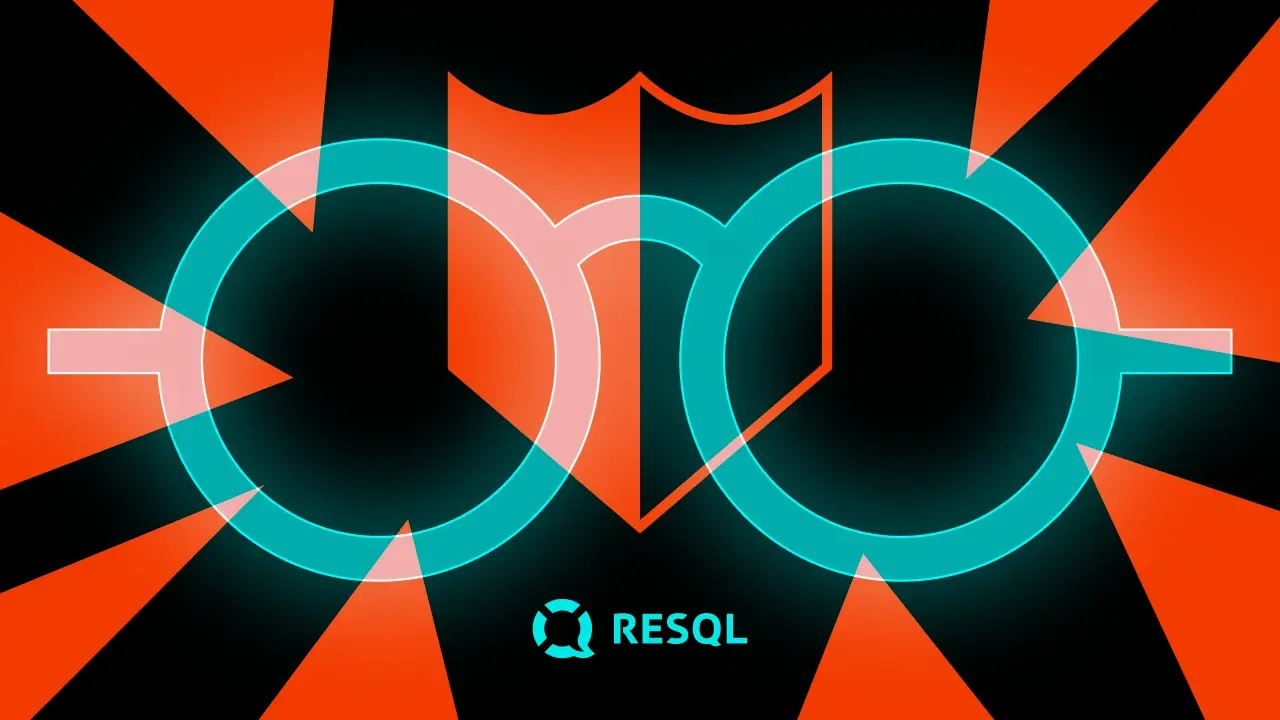Object-oriented programming: the basics

July 11, 2022 | Software development

Let’s start with the basics
I assume everyone knows the difference between an object and a class. There is no need to explain such basics, but a little reminder might come in handy. One of the most popular questions during job interviews is the one about the basic assumptions of object-oriented programming. There are four such assumptions: abstraction, encapsulation, polymorphism, and inheritance. At first glance, all these assumptions are necessary and make object-oriented programming make sense. Once, during an interview, I heard a question: “If you were to give up one of the assumptions of object-oriented programming, which would it be and why?” The question was purely hypothetical of course – we will not give up anything… but it is worth considering.Abstraction
Abstraction is some kind of generalization, most often presented as an abstract class or interface. Virtually all design patterns and programming principles are based on abstraction. If we create dependencies in the code, we want to depend on abstraction, not on a specific implementation. By removing this assumption, we limit ourselves a lot. Abstraction is quite important – thanks to it we can ensure the extensibility of our application or we can reduce unnecessary dependencies.Encapsulation
Also known as hermetization, which is hiding an implementation. The simplest application of this assumption is to declare variables as private. We don’t want to give access to the details outside. We want to have hermetically sealed objects that will not be damaged by accident. Is it possible to live without encapsulation? Probably yes, but you have to be careful. It can be done though. Is it prudent? I would argue with that, although various libraries “force” us to do so anyway by requiring getters and setters for all fields of the object.Polymorphism
Polymorphism is a mechanism that is strongly related to abstraction. Thanks to it, we know what is to be done, not how. How it is done will be determined when the code is executed. Thanks to polymorphism, we can reverse dependencies. Without polymorphism, there is no room for abstraction. Nowadays, we can easily use polymorphism – in the past, a similar effect was achieved through pointers to functions (C language).Inheritance
When I was learning what object-oriented programming was, inheritance was the most important thing for me. Code that was repeated could be crammed into the superior class and there was no “duplication” of it. However, now I think a little differently. We use inheritance mainly to extend the behavior of an object. Is there any other way to do this? Yes, it exists, and that is composition. Therefore, if I were to indicate one of the assumptions to be removed, I would choose inheritance. To be honest, a misused inheritance is more of a hassle than a help. This may be a bit controversial, but without inheritance, we are still able to code fully object-oriented.All about that communication
When designing new applications or functionalities, we often spend a significant amount of time planning the structure. We think about what fields the database table should have, which we then reflect in the class code. With the help of modern Integrated Development Environments (IDEs), we automatically generate getters or setters and the class code is ready. On the other hand, we spend very little time planning communication between objects. In OOP, it’s not the structure that is most important but the communication. How objects communicate with each other is crucial. Objects can use structures, but this information should be hidden (encapsulation). The object should have behavior, not just data. How does such an anaemic entity differ from a PHP array or a Java HashMap? Access modifiers and responsibility We all know what access modifiers are for. But have we thought about the responsibility we place on ourselves, for example, by using a protected modifier instead of a private one? Overall, the private modifier is the best in terms of security. Any class that would inherit from ours has no access to anything private. Thanks to this, we do not have to worry about anything when we want to change the name of this method, delete it, or divide it into several smaller methods. There is no chance of breaking any other code that uses ours. When we go down a step and give our method the protected modifier, we have to consider the classes that inherit from ours when we change something. It is still relatively safe, but please do reflect on it and be careful – especially when making your code available for general use. When assigning the public modifier, in addition to child classes, we must remember each call of the given code. Therefore, the lower the access modifier, the greater the responsibility. We also need to be sure that our code is correct – more entities become dependent on it. Therefore, when we make a change in one place, we can mess up something in the other, that was supposed to be completely independent of the first one.DRY – Don’t Repeat Yourself
„Avoid code duplication!” – I heard it many times during my studies. The duplication problem was often been solved by inheritance or by creating Utils classes. But what duplication is really about?Structure Duplication
Suppose we have two objects that have similar fields. Does this mean that we should create a parent class that will be the common part of these objects? This may be advisable at times, but most often, it will be the wrong solution:class Human
{
private $name;
private $dateOfBirth;
}
class Dog
{
private $name;
private $dateOfBirth;
}Method duplication
class Basket
{
public function addProduct($product)
{
if (3 == count($this->products)) {
throw new Exception("Max 3 products allowed");
}
$this->products[] = $product;
}
}
class Shipment
{
public function addProduct($product)
{
if (3 == count($this->products)) {
throw new Exception("Max 3 products allowed");
}
$this->products[] = $product;
}
}if ($date->diff(new DateTime())->y < 18) {
throw new NotAdultException();
}



